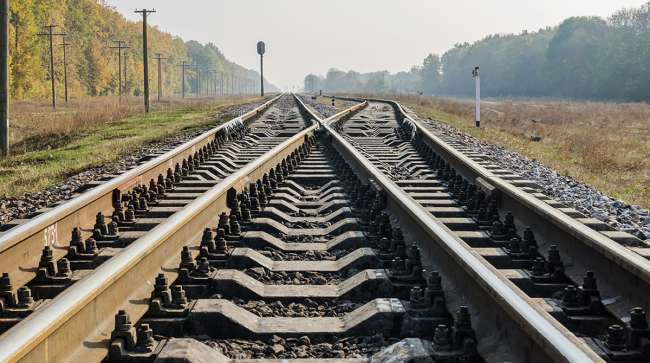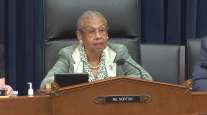Staff Reporter
Rail Strike Threat Exposes Supply Chain Vulnerability

[Stay on top of transportation news: Get TTNews in your inbox.]
The threat of a nationwide strike by railroad workers that could have shut down the nation’s freight trains exposed vulnerabilities in the supply chain that could have proved devastating to the economy.
“I don’t care if you’re super dependent on the rail or slightly dependent, regardless, there was going to be an impact,” said Todd Simms, vice president of industry strategy and manufacturing at FourKites. “The number of trucks and trailers that would be needed on the road to fulfill that capacity is just not even possible.”
He added: “I think that number was over 400,000. That to me highlights the level of fragility that exists in supply chains.”
Uber Freight found in an analysis that even if just 20% of rail freight had shifted to trucking due to a strike, trucking demand would soar by about 27% and spot rates could have doubled. It also found a rail strike would cost the economy about $2 billion a day.
“The rail strike was something that we didn’t prepare for and it was very close to happening,” said Mazen Danaf, senior economist at Uber Freight. “We expect a very high increase in spot rates, even if a small percentage of rail volume were to shift to trucking. So, we don’t think that the trucking market is prepared to absorb a rail strike by any means.”
The U.S. Department of Labor stepped in — with 20 hours of negotiations — to help avoid the strike before deadline Sept. 16. A tentative agreement was reached just a day prior between 13 railroad worker unions and the management council for the rail carriers. A strike would have idled about 7,000 freight trains a day.
“We expected to see spot rates rising in preparation for that,” Danaf said. “We saw some volumes rising. But we didn’t see spot rates rising a lot. And this can tell us how reactive our supply chains are instead of being proactive. Our supply chains were not prepared for this and they didn’t react ahead of time.”
FTR Transportation Intelligence and Truckstop found in an analysis the strike threat failed to bolster spot rates for the week ending Sept. 16. The rails did take some action to revert critical freight like chemicals and hazmat to trucks leading up to the strike deadline. But those efforts and the overall concern just didn’t have a notable impact on the spot market.
“It was really interesting that we didn’t see anything and the thing that we all took away was that spot is not going to react until it has to because it reacts really quickly,” said Brent Hutto, chief relationship officer at Truckstop.
Truckstop found despite the lack of change on the national level there was a notable impact on the West Coast. The region is a major origination point for intermodal. Dry van saw its largest increase in load postings at more than 40%. Hutto believes the spot market nationally would be quick to respond if a strike did occur.

Hutto
“A third of all the tonnage in the United States goes on rail,” Hutto said. “That’s why our government stepped in and said this can’t happen. It’s not good for the economy, it’s not good for the citizens, it’s not good for the overall health and welfare of our country. And so, they step in because neither side is capable of taking on 100% of the other side.”
Sourcing Industry Group President Dawn Tiura agreed the trucking industry wouldn’t be able to handle the excess freight if a rail strike happened. She noted carriers would be forced to prioritize certain types of freight. She also pointed out a major issue is how consolidated the freight railway industry has become.
“They will go to critical items like the chemicals, things that have to be transported very carefully,” Tiura said. “The things that are not critical are not going to be trucked. There aren’t going to be enough truckers to do that.”
Simms doesn’t believe supply chain leaders are thinking about visibility the right way. He noted that lately there has been a good-enough sentiment when it comes to visibility. He warns supply chains need to take a more holistic and encompassing approach.
Want more news? Listen to today's daily briefing above or go here for more info
“It came down to government intervention,” Simms said. “At the end of the day supply chains were yet again exposed and to me, it was a shot across the bow. It gave another warning.”
Proxima senior consultant Spencer Shute doesn’t see any unknown vulnerabilities being revealed but rather it was another example highlighting how interconnected the entire supply chain really is. He warned supply chain disruptions have many upstream and downstream consequences.
“Working to fix one aspect of the supply chain neglects the interconnectedness and impacts of the entire supply chain,” Shute said. “Companies that take a holistic approach are often much more successful at mitigating impacts because they understand their risk and develop contingency plans to react much quicker.”




